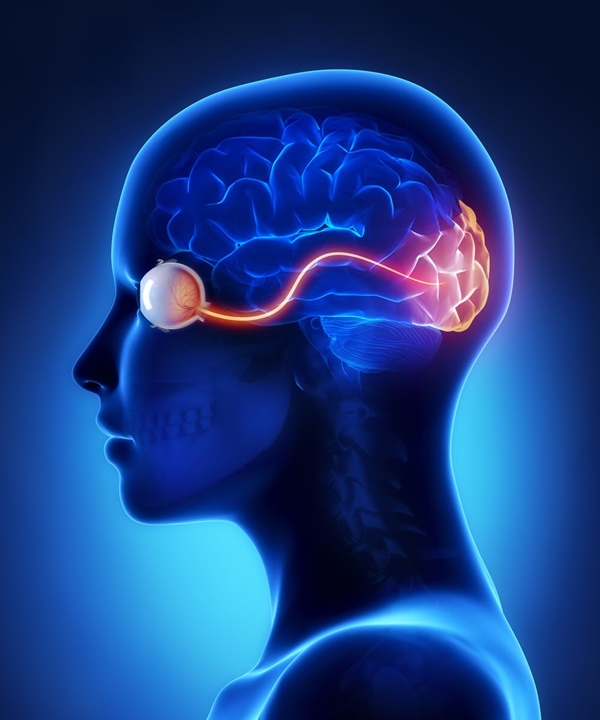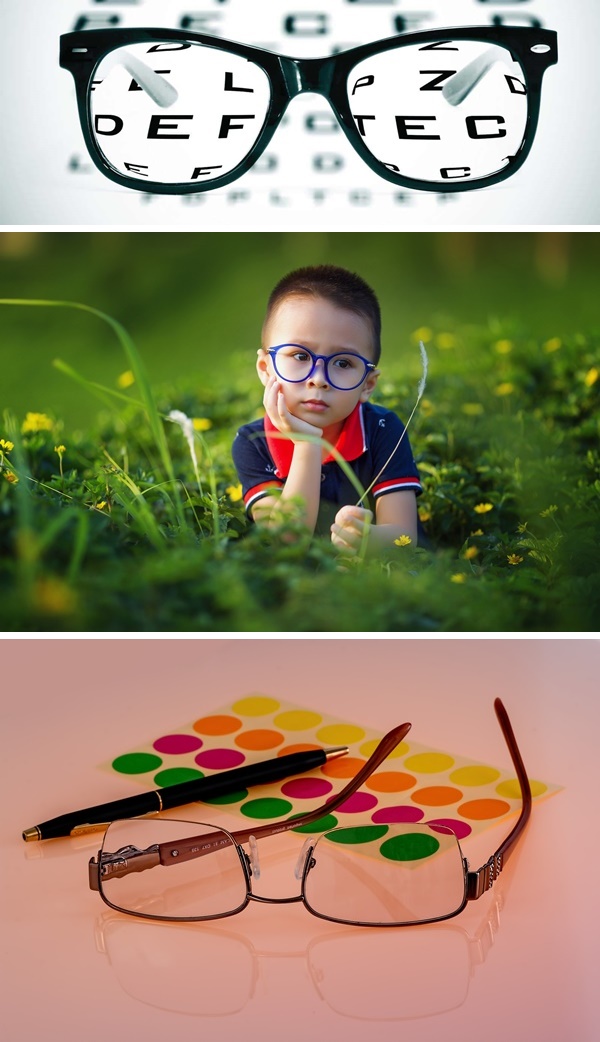Behavioural Optometry
Behavioural Optometry
What is Behavioural Optometry?
Behavioural Optometry involves an understanding of vision and how it is different from eyesight. Eyesight simply involves seeing an eyechart on the wall, while Behavioural Optometry is more interested in vision.
Vision includes sharpness of sight at distance and near; ability to aim and focus the eyes properly especially for near vision tasks such as reading and computers; the ability to sustain focus for long periods of time for reading and computers; tracking the eye movements for reading fluency and accuracy; processing of the visual information each the eyes take in; and of course health of the eyes inside and out.
All patients can benefit from the more holistic approach, but it is especially suited to those with eye motor control problems, lazy eyes, developmental delays, acquired brain injuries concussion, or delays in learning to read, or problems reading to learn.
Although the majority of Behavioural Optometrists’ patients are children, Behavioural Optometry may be suitable for patients of any age.
When can Behavioural Optometry help?
Behavioural Optometry can generally help when there are symptoms of:
- visual stress or binocular instability
- where there are reading, writing and copy work difficulties that relate to concentration, accuracy, consistency, visual motor integration (for hand writing), or absorption and retention of content
- Where there are diagnosed learning difficulties or more general classroom and workplace difficulties
- Where there are symptoms of eye strain from the computer (Computer Vision Syndrome), sporting difficulties (Sports Vision) or symptoms of inadequate visual-motor integration, such as poor coordination (clumsiness) or poor ball skills
The goals of Behavioural Optometric care are:
- To reduce development of VISION problems and eye problems
- To provide remediation or rehabilitation for VISION or eye problems that have already developed (e.g. eye turn, short-sightedness, visual sequelae of brain trauma etc)
- To develop and optimise the visual skills needed to achieve more effective visual performance in the classroom, work place, when playing sport and following recreational pursuits
Visual Processing
Vision entails much more than just observing small, static letters in high contrast like reading the letter chart on a wall in an optometry office. Vision is a dynamic process that needs to operate in an ever-changing environment with varying light and conditions. Vision is involved with spatial awareness and orientation so is linked to the movement system (proprioception) and the balance system (vestibular).
Visual processing is susceptible to stress, ageing, health issues, medication and trauma such as in brain injury and physical injury.
Many parents ask us how their child’s visual processing is assisting or hindering their learning. Efficient visual processing is important for reading and learning to accurately and easily use their eyes to extract information off the page or computer screen/ tablet. As optometrists, we do not diagnose dyslexia which is determined by an educational psychologist assessing language factors.
Developmentally, visual processing skills are built on a foundation of movement such as crawling and walking as well as metabolism and early childhood experiences and stimulation. A rich, three-dimensional learning environment with a variety of motor experiences is key.
Vision is one of the higher level sensory skills that is important for easy, automatic learning. The information gleaned from an in-depth evaluation of binocular vision (eye teaming) gives some insight in to the ease of learning.
We use the assessment methods from behavioural optometry to assess binocular vision status. It is a world of eye movements, accommodation and vergences. This model of vision assessment puts the measurements of eye coordination and eye teaming in to context which is important as visual processing difficulties encompass much more than just ‘weak eye muscles.’ For example, good body awareness builds spatial awareness and the ability to point the eyes accurately.
Our regular eye examinations take 30 mins, an in-depth evaluation of all factors including binocular vision, visual perceptuals, colourimetry and peripheral awareness can take up to 2 hours.

Motor Development
Vision is both a sensory and motor process
One area that we pay close attention to when assessing visual processing and information processing is motor skill ability and maturity. It is not unusual for the children that we see to have both eye movement and general motor control difficulties e.g. handwriting and manual dexterity.
A daily classroom task that confronts all students is copying off the board. This seemingly simple task actually requires various skills and presents a challenge to a lot of students with learning difficulties as copying off the board requires many different skills to occur concurrently and automatically.
Firstly, the eyes must be able to repeatedly change focus from the board, back to the page, without fatiguing or losing place.
It is also a cognitive task that requires memory and fine motor skills. One is required to firstly process and retain information, before writing it down. When writing down this information, fine motor and visual perceptual skills are required so that it can be written legibly and in the correct sequence on the page.
The vision process has both sensory components (the eyes taking in information) and importantly, motor components where the eye muscles (6 of them) need to point accurately in three-dimensional space. The trunk, neck and head need to provide postural control and a base for the eyes and visual system to work from. This requires the two sides of the body to work well together, as a team.
Another term for eye coordination is ‘eye teaming.’ The subtleties of binocular vision include skills such as vergence, pursuits and saccades, amongst others.
Early motor development starts in-utero and is mostly a passive experience of gravity and the mother’s indirect movement but there are also some active movements starting to occur. Postnatally, unconscious, reflexive movements mature through early movement experiences such as suckling, rolling, crawling, postural control, learning to stand and then, bipedal movement (walking). It is important that this early movement takes its natural course.
Movement and unstructured play are important for early child development. Where this chain of development has been disrupted, assessment by an occupational therapist or physical therapist of foundational motor skills is warranted. Components include midline skills, core (trunk) skills and postural control. It is important to look beyond gross motor skill level as a sole guide to motor development.

Non Standard Lens Prescribing
In the first instance it is important to state, we use a standard approach and look for standard solutions as far as lens prescribing goes. This is faster, takes less assessment time and follows a direction that is well understood and gets agreement amongst eyecare practitioners.
Another point is making sure that there are no underlying eye health issues that needs tertiary care from an ophthalmologist (a medical eye specialist).
Some of the symptoms we ask about are not necessarily vision related or an eye problem. We also inter refer with occupational therapists, physical therapists, educational specialists and psychologists as appropriate. The approach is not ‘one size fits all’; when the brain, nervous system and adaptation strategies get involved, symptom presentation can become very non-linear but still have a significant effect on quality of life.
In terms of standard solutions, a lot can be gained by doing the basic optical dispensing correctly: a thorough history, talking to your patient and a properly fitted pair of glasses goes a long way. The spectacle frame is suitable, an appropriately chosen lens design with the lenses fitted accurately in the frame are important.
Some lens types that we use:
- Cerium Precision tints and FL 41 tints
- Prisms of different kinds
- Prescription modifications
- Plus lenses at near
The type of clientele we commonly see include those who are visually sensitive, post traumatic brain injury or where their visual system has decompensated due to health, aging and metabolic reasons. Our testing is primarily directed towards assessing subtle accommodative convergence issues (especially at near), pattern glare and vision vestibular (balance) connections. Resulting in reading problems, balance and spatial anxiety and rapid fatigue amongst others. Symptoms are subjective – we assess from a functional (neuro) paradigm and sometimes a problem is hard wired or structural and a functional vision approach is not appropriate. Assessment routines are our interpretation of ideas developed over decades by the Optometric Extension Program (OEP), the Australasian College of Behavioural Optometry (ACBO) and the College of Syntonic optometry (CSO).


